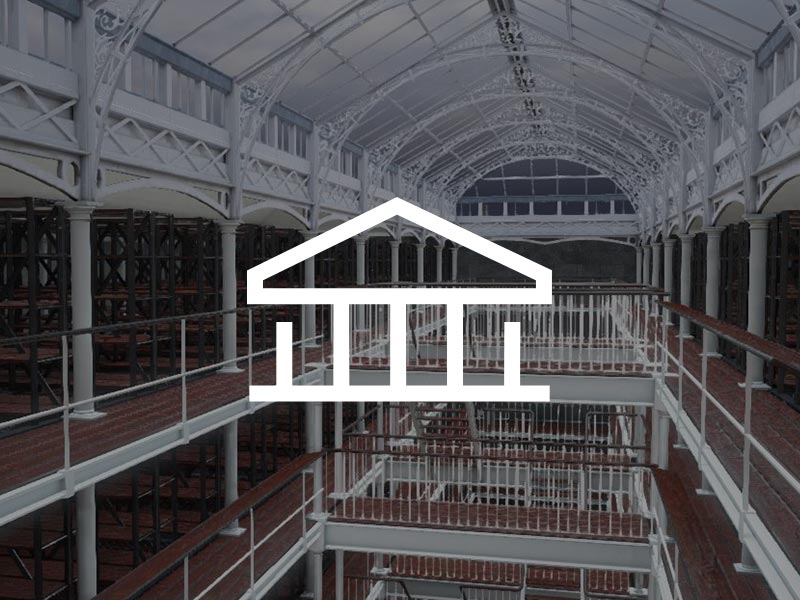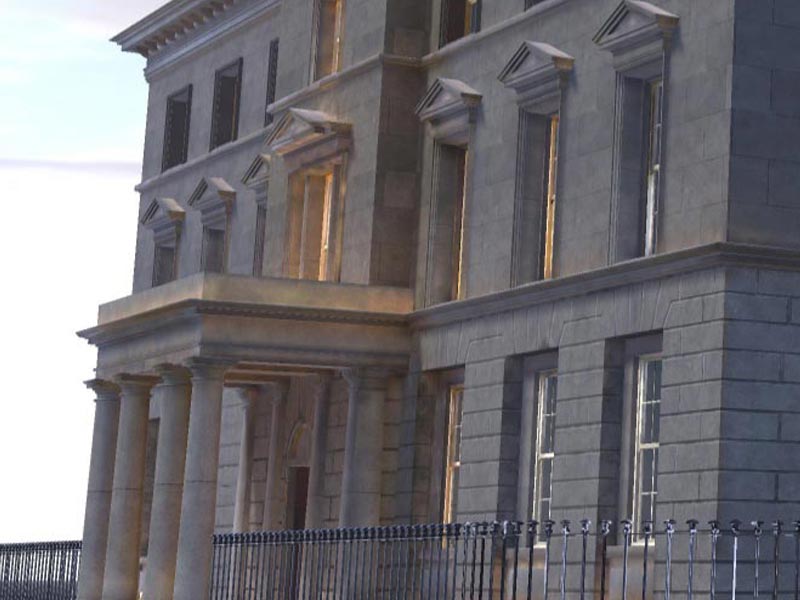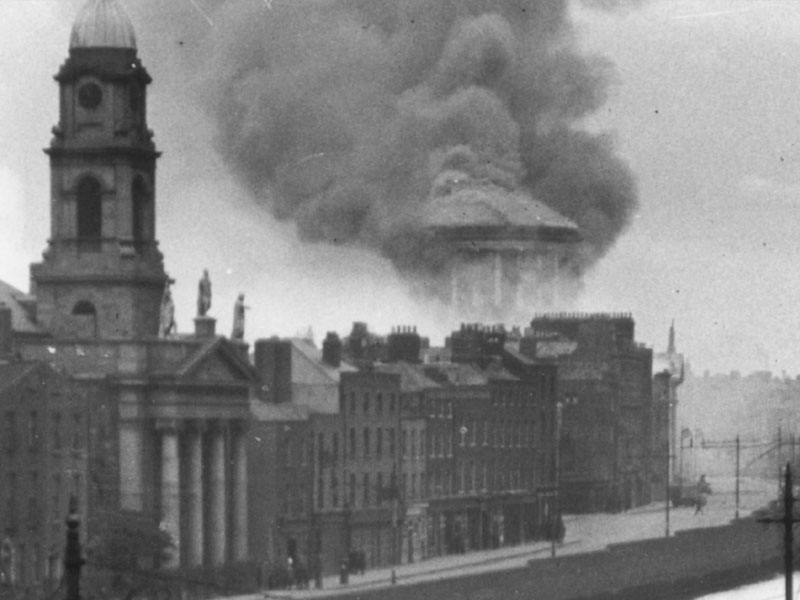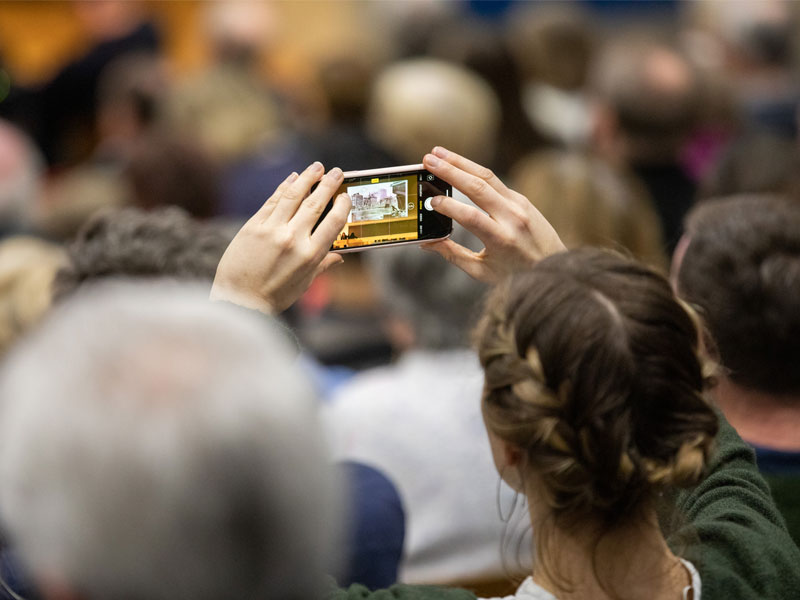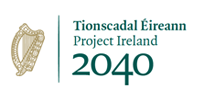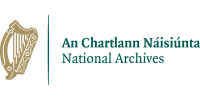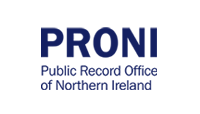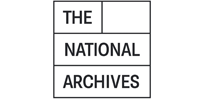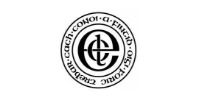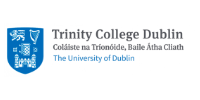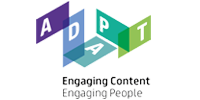
VRTI Director Peter Crooks speaks at Royal Irish Academy Irish Humanities Alliance showcase

“In a sense, the VRTI helps transform every student and citizen into a researcher in waiting.”
The Irish Humanities Alliance / Comhaontas Daonnachtaí na hÉireann (IHA) is a joint initiative of humanities researchers within higher education and research institutions including universities across the island of Ireland and the Royal Irish Academy / Acadamh Ríoga na hÉireann (RIA) which hosts and supports the IHA. This showcase brought together member institutions to celebrate Arts and Humanities research projects which display how national and/or international research funding led to demonstrable public impact.
The event was attended by Professor Philip Nolan, Director General of Science Foundation Ireland.
At his talk, Peter described his interest in effecting sustainable and wide-reaching transformations in the humanities research landscape, and he provided examples of the transformative effect of interdisciplinary research, arising from the State’s investment in the Virtual Record Treasury of Ireland.
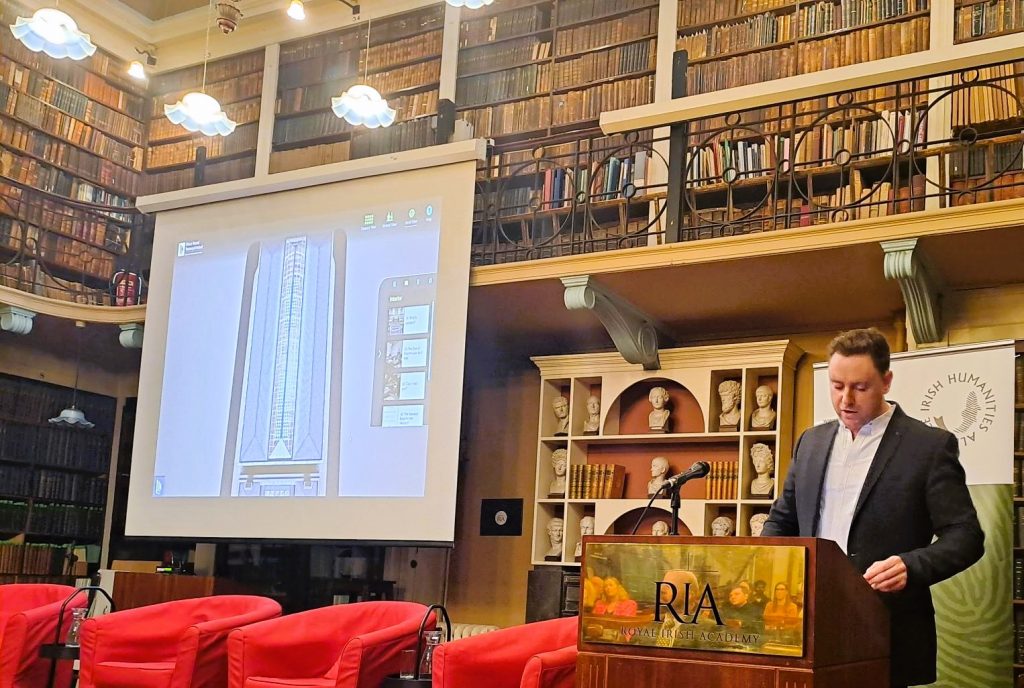
VRTI Director Peter Crooks speaking at the IHA Research and Innovation Showcase in November 2023 at the Royal Irish Academy in Dublin. Photo courtesy of IHA.
Peter identified three types of transformation effected by this research programme:
1. Digital Transformations
Digital Transformations enabled by the VRTI System and our new capacity to unlock digital content on a scale unimaginable only five years ago. The VRTI is not a static platform, but a motor and a multiplier enabling us to create, curate, platform and interlink heritage collections, and for these to be cited with authority and persistence.
Example: PRONI T808/15267
Every digital item in the VRTI is findable with a human-interpretable URL (Unique Resource Locator) which begins with the VRTI domain (virtualtreasury.ie) followed by a hyphen-separated version of the archival reference code. In this example from the Public Record Office of Northern Ireland (PRONI), the URL includes the standard abbreviation for PRONI followed by the code for the extensive papers collection of Tenison Groves (T808) and the specific item number for Groves’ transcriptions from the 1766 Religious Census of Ireland (15267):
https://virtualtreasury.ie/item/PRONI-T808-15267. This item from PRONI is interlinked through the database with hundreds of other related digital objects, fully searchable in the 1766 Religious Census Gold Seam.
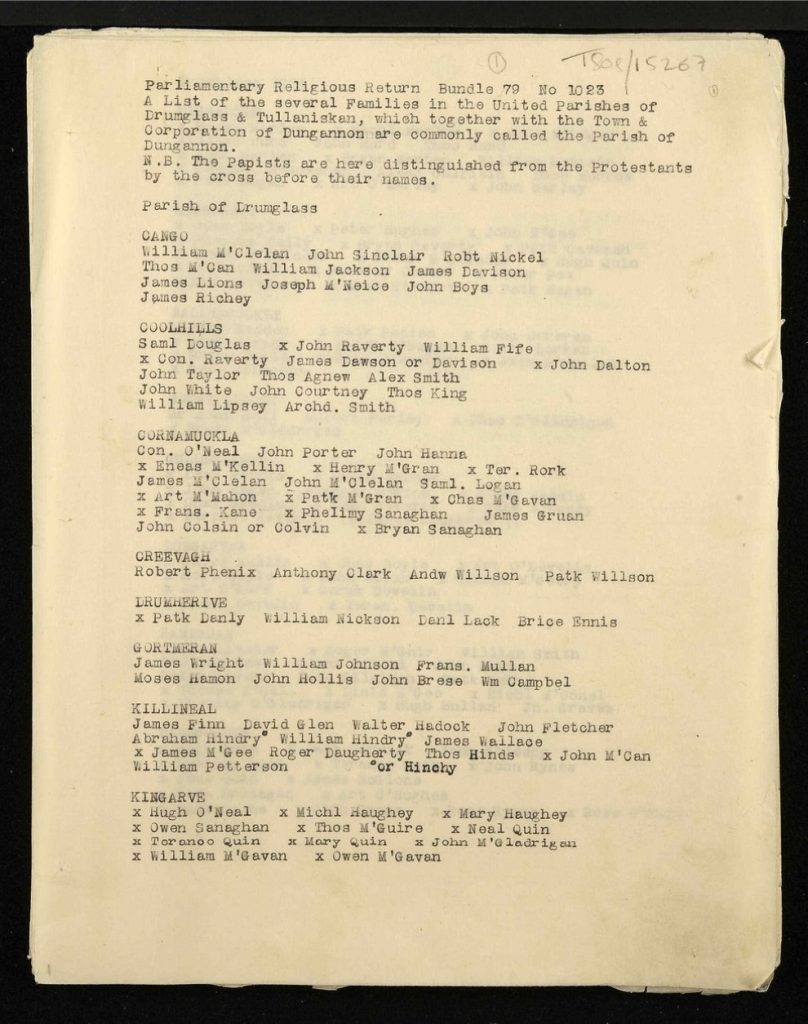
PRONI T808/15267: Parliamentary Religious Returns 1766
2. Internationalization
Internationalization enabled by the partnership framework of the VRTI, which is deepening collaborations between over 75 memory organizations worldwide. All the materials in the VRTI are shared generously by partners committed to our open access resource model, which embeds their own archival and structures within our data model.
3. Democratization
Democratization of access to our deep history, not simply by making digital images available but rather by putting the tools of research into the hands of our citizens and everyone interested in Irish history at home and abroad.
Peter concluded by looking to the future, and introducing the data model which underpins the VRTI, which has been named “ALARM — Archival Loss and Recovery Model”.
“Cultural loss is tragically, heartrendingly, familiar in the contemporary world. Our loss sustained in 1922 was a singularity — perhaps the greatest cultural disaster in Ireland in the past century. But the VRTI’s Archival Loss and Recovery Model (ALARM) is generic. It would be a wonderful outcome of the State’s commemorative programme if Ireland’s schema for archival recovery became the inspiration — whether by replication or emulation — for other nations seeking to recover their own collective memories.”
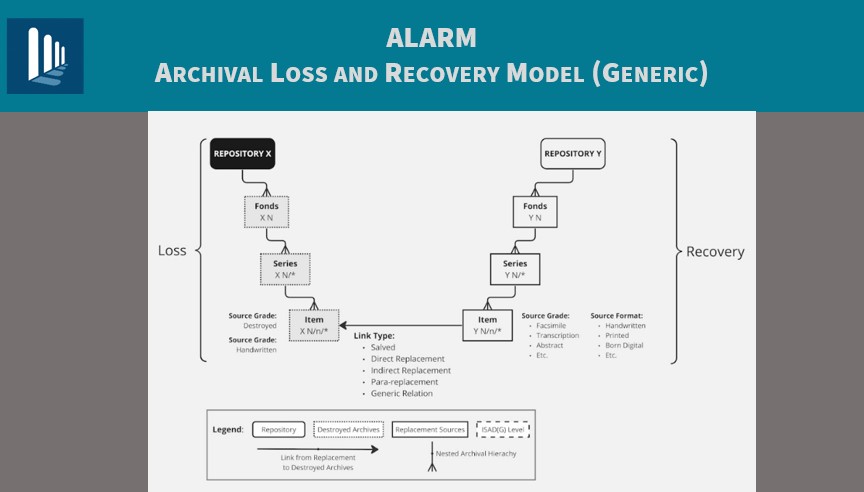
ALARM Model Flowchart
Date
Tuesday, 28 November 2023, 12:00 PM
Author
Peter Crooks
